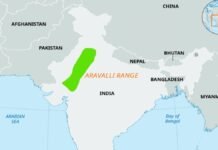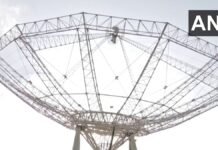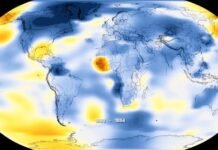
Astronomers have found an extraterrestrial planet whose density is very low (Low-Density Exoplanet) in a shocking discovery. It has been found to be the lowest density of the extraterrestrials orbiting the Red Dwarf ever discovered. Researchers have compared it to Mushroommellow, describing it as very soft and soft. But only because of this uniqueness, this discovery is not considered special. This means that planets with this type of gas cover may also exist near dwarf stars. This will help scientists to better understand the habitability of extraterrestrials.
Problems with planets
Astronomers used to believe that planets near red dwarfs annihilate most of the atmosphere by pulling their stars away. And since the presence of an atmosphere is a necessary condition for life to flourish on a planet, this discovery will certainly change our understanding of the habitability of planets orbiting red dwarf stars.
Such planets are not found so close
Planetary astronomer Shubham Kanodia of the Carnegie Institution for Science Earth and Planet Laboratory says that giant planets near red dwarf stars are traditionally believed to be very difficult to form. So far the Doppler survey has observed only small samples of giant planets, but they are far from their red dwarfs. So far, they do not have a large sample of planets so such a nearby gaseous planet can be discovered.

These stars are not visible
Red dwarf stars are the largest number of stars in our Milky Way galaxy. They are very small and faint. Not even a single such star can be seen on Earth with the naked eye. Whereas 73 percent of the stars of the Galaxy are stars of this category. These stars are very small and burn slowly
Problem and challenge
Red dwarfs are not as hot as the Sun and have a much longer lifespan. While the Sun is a star only 10 billion years old, red dwarfs live for trillions of years. One of these means is that life can definitely flourish somewhere around these stars. But powerful flames emanate from them, which can empty the atmosphere of the nearby planet.
This search is like an exception
Red dwarf stars are very cold, so their planets do not have such a temperature that life can flourish there. Therefore the planet has to be near the star so that the flames can bring heat to the planet and this becomes problematic for the atmosphere. But new research suggests that this is not necessary. This planet, named TOI-3757b, is a gas giant planet that is about 580 light-years away in the constellation Auriga.
NASA’s telescope discovered
TOI-3757b was discovered by NASA‘s TESS Space Telescope. The job of TESS is to search for extraterrestrials. This telescope studies the changes in the regular illumination of distant stars, which shows that a planet distorts the starlight by coming between the star and us. Much information about the planet can be obtained from the time of change and other characteristics of this light. It has been found that TOI-3757b is bigger than the planet Jupiter
The mass of TOI-3757b is 85 times that of Earth, where the density of the planet Jupiter is 1.33 grams per square cm, while the density of TOI-3757b is only 0.27 per square cm. Which makes it a very soft and soft planet. In such a situation, it is surprising how did such a soft planet become so close to the star. Now researchers think that they may find more such planets as well.



















































